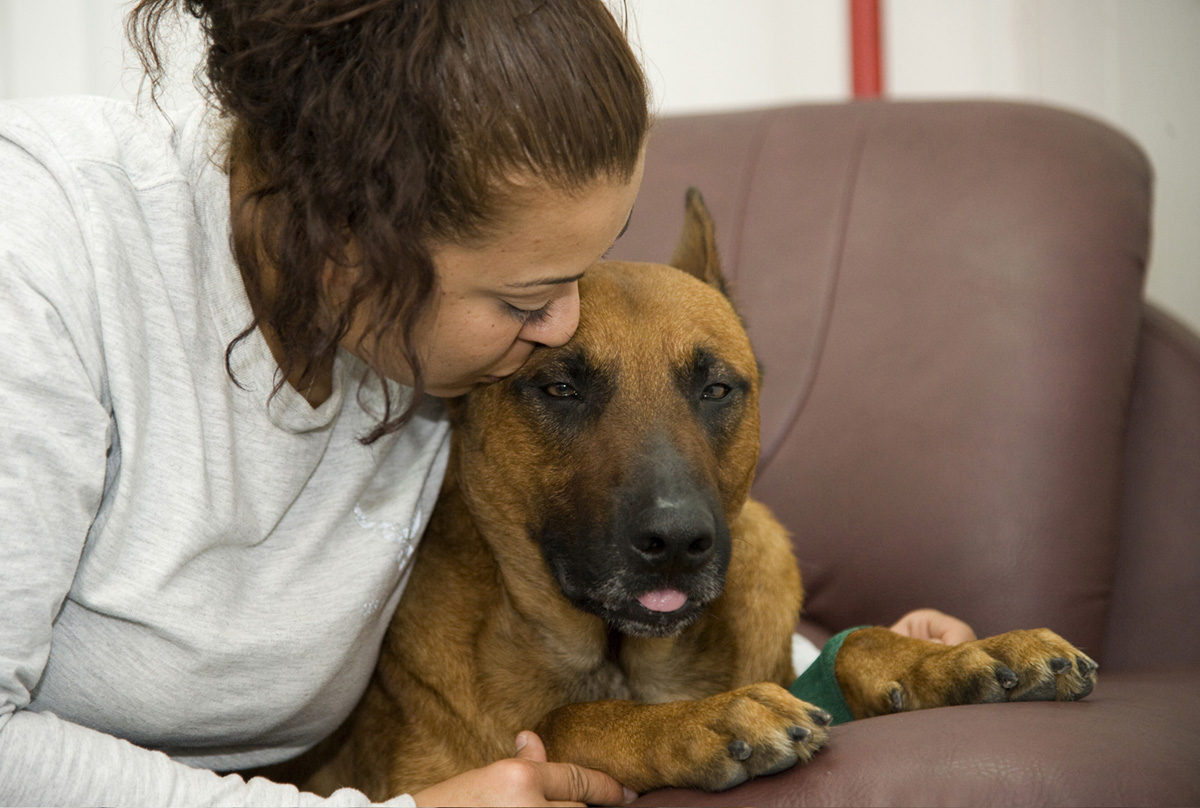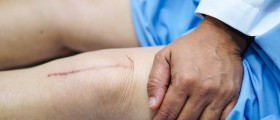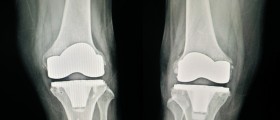
Luxating patella is a matter to be resolved with surgery. There are a few distinctions in the type of the luxating patella and the course of the surgery depends on them.
If the problem lies in the groove, or the channel in which the patella should originally lie, than the surgery requires fixing that channel. The way this surgery corrects the groove is by a technique that’s called the block osteotomy. During the block osteotomy, a section of a bone in the groove which is unnecessary is removed, making room for the kneecap to be set in its right place.
However, this may not always be the issue. Sometimes luxating patella occurs when the ligament is not connected to the corresponding bone the way it should be. The connection between the patellar ligament and the bone, which is named tibia, is called tibial crest. The way to correct this deformity is by placing the ligament in its right place and this is done by making a small incision in the tibial crest and then reattaching the bone in that position.
After the surgery, the leg does not even require bandages and is expected to heal enough just in time for rehabilitation which follows soon afterwards. The results of the normal recovery should be visible after a couple of weeks, when the dog should be able to walk lightly. A few months after that, the leg should be used in all activities that it is intended for without difficulty. If the recovery does not follow this pattern, a surgeon should be informed in order to see what exactly is the problem.
Finally, there are some possible side effects to this surgery, but they are very rare. One of them is anesthetic death, which is a risk for any surgery, but doesn’t happen that often, as stated. Another side effect is the risk of infection. Also, one has to make sure that the dog is not too active for about two months after the surgery as it may spoil its effects and require a second surgery.

















Your thoughts on this
Loading...